Study authors to U.S. regulators: Gather more data before growth
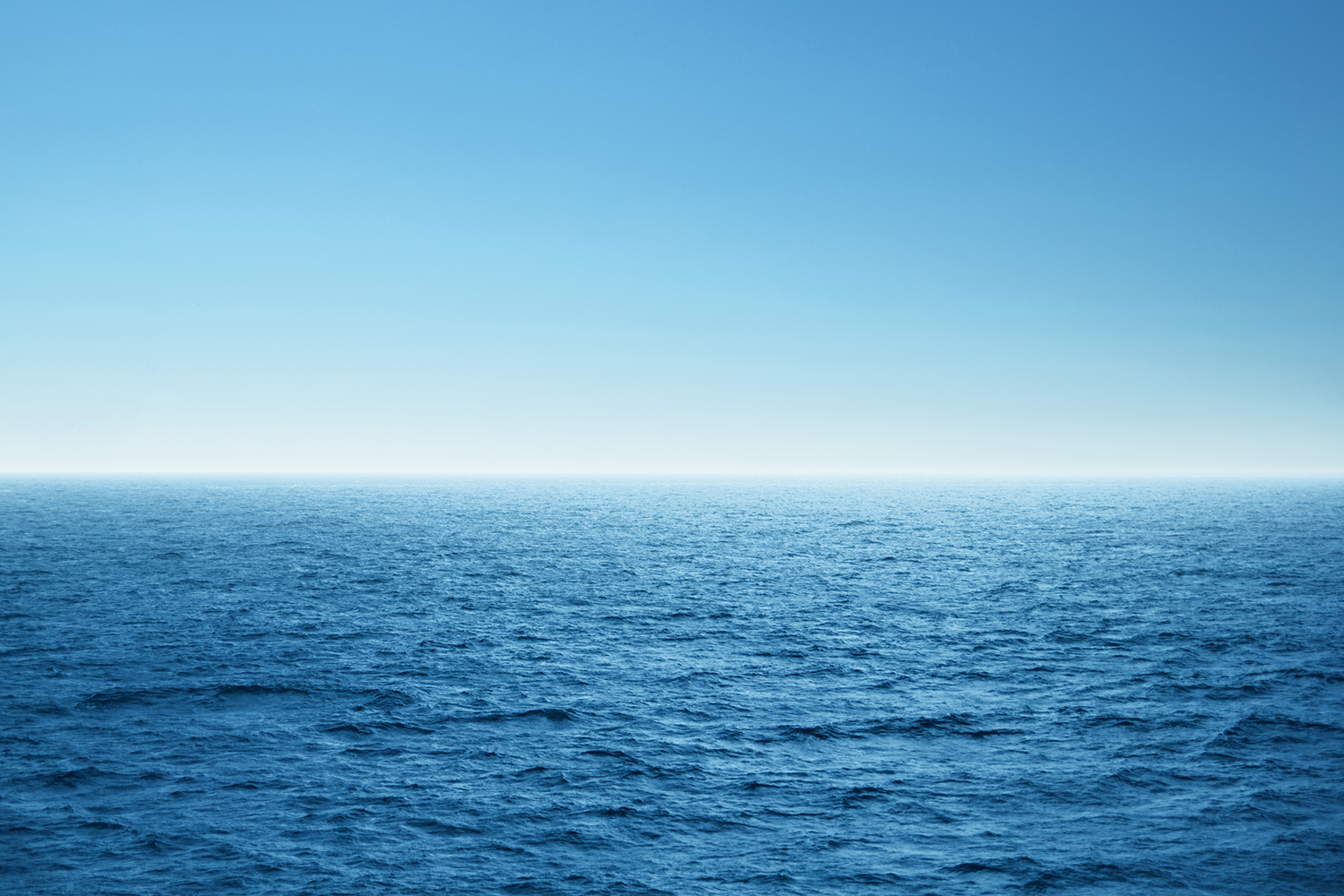
Before the United States’ offshore aquaculture industry grows, lessons from nearshore operations must be learned and more research and data are needed, according to researchers whose latest work appears in the January edition of the scientific journal Marine Policy.
“Toward an environmentally responsible offshore aquaculture industry in the United States: Ecological risks, remedies, and knowledge gaps,” was authored by Rod Fujita et al., and addresses key knowledge gaps concerning potential risks, including siting, feeds, infrastructure and environmental impact, to name a few.
Lead author Rod Fujita, senior scientist and director of research and development of the Environmental Defense Fund’s Ocean Program, discusses the paper, the U.S. government’s recently stated intentions to help grow the offshore aquaculture industry and why regenerative aquaculture deserves more attention.
How would you characterize the offshore aquaculture industry now?
Nascent. And that’s the point of this paper. We have an opportunity to get a new industry off on the right foot and not try to address sustainability problems after there’s a lot of capital invested in it and things are hard to change. The fact that it’s a nascent industry and that the U.S. [government] is interested in developing a regulatory framework for the industry before it really develops is a golden opportunity to put the knowns and unknowns out there and develop a science-based approach that can foster both industry development and good ecological outcomes.
Speaking of the U.S. government, what are your thoughts on its recent five-year plan for aquaculture development?
It has a lot of really good components. In particular, I think the U.S.’s investment in identifying aquaculture opportunity areas is very significant. It’s kind of different from the way that other countries are doing things. The [aquaculture opportunity area, or AOA] assessments do a couple of important things. One is they reduce barriers to entry for entities that can’t afford to do all the science, collect all the data and do all the seascape modeling that NOAA did for these AOAs. That’s incredibly expensive and hard to do. They did a fine job; it’s very impressive work for the Gulf of Mexico and Southern California.
The other thing is, the fact that they have delineated AOAs and did a lot of analysis around conflicting uses, the available spaces for aquaculture considering both those conflicting uses and existing claims on marine space as well as all the environmental and economic criteria that go into siting a farm, means that the AOAs could become a platform for planning. Typically, aquaculture is unplanned and develops in response to market forces and other factors.
What are some of the biggest mistakes we could make in developing offshore aquaculture? Allowing the farms to be sited too close to each other?
There is a narrative out there about offshore aquaculture space that asserts the ocean is unlimited; that there are really strong currents so there’s no possibility for waste accumulation; and that the high water quality and the currents are going to cause the fish to grow really well. Part of the reason we wrote the paper is to say instead that while the open ocean does offer certain benefits, it’s no panacea. Actually, the open ocean is a pretty hostile place for most human activities.
One of the big mistakes we could make would be to go into offshore aquaculture based on the false narrative that the ocean can just assimilate all the waste with no impact and the fish are going to grow great and we can use technology to avoid damage from huge waves and storm surges. I’m trying to be realistic, not pessimistic, in acknowledging that the offshore environment is a difficult place to work. We’re getting smarter about it and there have been some successful pilots, but we could make a number of mistakes, including underestimating the power of the sea to wreck infrastructure and create debris, which would result in a higher entanglement risk [for marine mammals].
Another big mistake we could make is to underestimate the effects of offshore structures of any kind on wildlife. It’s a big ocean, but it’s a patchy ocean. Wildlife is not distributed evenly; instead, it gravitates toward structure, of course, as the animals seek good habitat. It’s hard to imagine a better habitat out in the open ocean than a fish farm that is receiving high protein feed and that has a lot of structure for fish to hide in. I anticipate pretty large aggregations of animals around these offshore farms, which would enhance entanglement risk, death and sublethal harm.
Another big mistake would be to assume that farms will be spread out in this huge offshore space. That seems unlikely to me. Offshore aquaculture can’t be carried out cost-effectively just anywhere. It has to steer clear of offshore dump sites, the transit areas, the gas pipelines and the oil rigs and all the other previous claims on marine space. Moreover, farms will be constrained by water depth and need to be reasonably close to shore-side facilities so that costs and greenhouse gas emissions associated with getting fish out to the farm for grow-out and then transporting products to market are reasonable. These constraints will probably cause at least some concentration of farms in areas that are free of all or most of the constraints, where operation can be profitable. This raises the possibility that multiple farms could have cumulative impacts that should be accounted for in the management of ecological risk.
We talk a lot about risks, but we need to acknowledge that there’s been dramatic progress in many aspects of aquaculture performance. Some of those can translate to the offshore environment.
There are a lot of offshore interests and industries. How can offshore aquaculture rise on the list of priorities?
The economics have to favor it and the industry needs a degree of regulatory certainty. Those are two necessary ingredients for industry growth, and both are up in the air right now. We are optimistic that Congress will pass legislation soon that will provide a regulatory pathway. The economic feasibility of offshore aquaculture is uncertain.
A lot of people talk about sustainable aquaculture as the objective, but it strikes me that that’s really no longer sufficient. The world is in crisis, people are starving, there is dramatically increased demand for seafood, the planet is burning. We’ve dug a really deep hole that we have to climb out of as rapidly as possible to avoid even more catastrophic impacts. So we really ought to be promoting regenerative aquaculture and nature-positive aquaculture. Currently, most of the opportunities for that kind of aquaculture are nearshore, because profit margins are lower and we don’t yet have robust markets that value things like carbon sequestration or nutrient pollution removal or habitat restoration – some of the many ecological services that certain types of aquaculture can provide.
America’s offshore aquaculture industry is very small but with numerous projects in the works. Is the timing of this report crucial to stem impacts of growing too fast?
The goal is not to just limit impact. We would like to see a sustainable offshore aquaculture industry develop, ideally with some nature-positive or regenerative components. A US offshore aquaculture industry probably wouldn’t move the needle much in terms of global food security, because they’re likely to grow fairly high-value fish primarily for the US market, but it could reduce our overall ecological footprint around seafood production. Seafood is already pretty low carbon, but the fact that we have to import 80 percent of it means a larger greenhouse gas footprint. If we grow it at home, we could reduce greenhouse gas emissions associated with our seafood consumption and we could more tightly regulate it to ensure that our seafood is sustainable and safe.
Offshore aquaculture opportunities appear limited to high-value species. Do you see opportunities for lower-value species?
Not in the near term. There have been successful pilots growing seaweed and mussels offshore, which I think have tremendous potential to feed people cheaply. Those are also the types of aquaculture that can be regenerative and nature-positive. The problem is that the products are lower value but costs of production are high, as they create huge hydraulic loads on offshore structures.
There are some other technical obstacles as well. But fundamentally, the economics for offshore cultivation of lower value species are really not favorable. But I want to point out that shellfish and seaweed are considered to be low value only because the huge value that is inherent in farming seaweed and mussels is not fully recognized by markets. It’s a classic externality. The ecological services provided by seaweed and shellfish farms when they are done right include combatting ocean acidification, removing nutrient pollution, providing habitat for biodiversity, enhancing fishery production, and others. However, none of this is monetized. When these are accounted for, seaweed and shellfish farming are extremely high-value and we really should be investing in those kinds of things, even in the offshore environment. While mangrove forests, seagrass meadows, and salt marshes can sequester carbon, this is constrained by the fact that they need shallow water to grow and to store carbon in. Because seaweed and shellfish don’t require shallow water, in theory they can grow anywhere in the ocean where there’s sufficient light, nutrients, and plankton. That means there’s a huge amount of farmable area for seaweed and shellfish, and that their ecological benefits can scale.
They don’t need a substrate but they need a structure.
They need something to hang on to, although there are some species of seaweed that don’t even need that; Sargassum is fully pelagic, it doesn’t need any structure to grow well.
Is it truly “impossible” to prevent fish escapes from any marine aquaculture operation?
I’m not one to underestimate technology. We continue to do amazing things. I think it’s a matter of cost. If you build a super secure fish farm, with three layers of redundancy, then yeah, you might be able to get 99 or 100 percent containment but it’s going to cost you a fortune and probably won’t be cost-effective.
Of all the risks that marine aquaculture poses to the environment, are any exclusive to offshore aquaculture and the equipment required in that environment?
It’s not a black-and-white thing, it’s a spectrum. There is some infrastructure loss in nearshore aquaculture but it’s not a lot. I think the risk of infrastructure loss and wildlife entanglement, as a result, is higher in the offshore environment because of the higher energy conditions typical offshore. It’s not a unique risk, but it’s amplified.
There have been dramatic improvements in feed conversion in the nearshore environment because salmon and other species have been studied intensively. There’s been great progress in selective breeding and the creation of new types of feeds with lower content of fishmeal and fish oil, which is where much of the cost and environmental impact comes from. We talk a lot about risks, but we need to acknowledge that there’s been dramatic progress in many aspects of aquaculture performance. Some of those can translate to the offshore environment. Unfortunately, I think there’s still going to be a requirement for pretty high fishmeal and fish oil feeds in near-term offshore aquaculture development because the focus is probably going to be on high-value finfish. People are also experimenting with new species that have not been intensively studied, so the basic physiology, the selective breeding, all that research has yet to be done. As a result, it may take a while to get FCRs for offshore farmed species to the levels we now see for salmon, which are truly impressive. I think we’ll continue to see improvements in feed formulation as alternative ingredients start to scale and prices come down, especially if prices for fishmeal and fish oil increase.
I’d like to emphasize that our paper is not all about the ecological risks of offshore aquaculture. It tries to point out the bright spots, the learnings we hope will translate to offshore aquaculture. We do believe that offshore aquaculture is a promising way to reduce the environmental footprint of US food production because fish tend to be lower carbon than other types of food, because the U.S. will be able to regulate its own offshore industry, and because the fish will be grown closer to market. There’s a willingness among industry leaders to avoid repeating the mistakes of conventional food production and finding a better way, with much lower environmental impact.
Follow the Advocate on Twitter @GSA_Advocate
Now that you've reached the end of the article ...
… please consider supporting GSA’s mission to advance responsible seafood practices through education, advocacy and third-party assurances. The Advocate aims to document the evolution of responsible seafood practices and share the expansive knowledge of our vast network of contributors.
By becoming a Global Seafood Alliance member, you’re ensuring that all of the pre-competitive work we do through member benefits, resources and events can continue. Individual membership costs just $50 a year.
Not a GSA member? Join us.
Author
-

James Wright
Editorial Manager
Global Seafood Alliance
Portsmouth, NH, USA
Related Posts
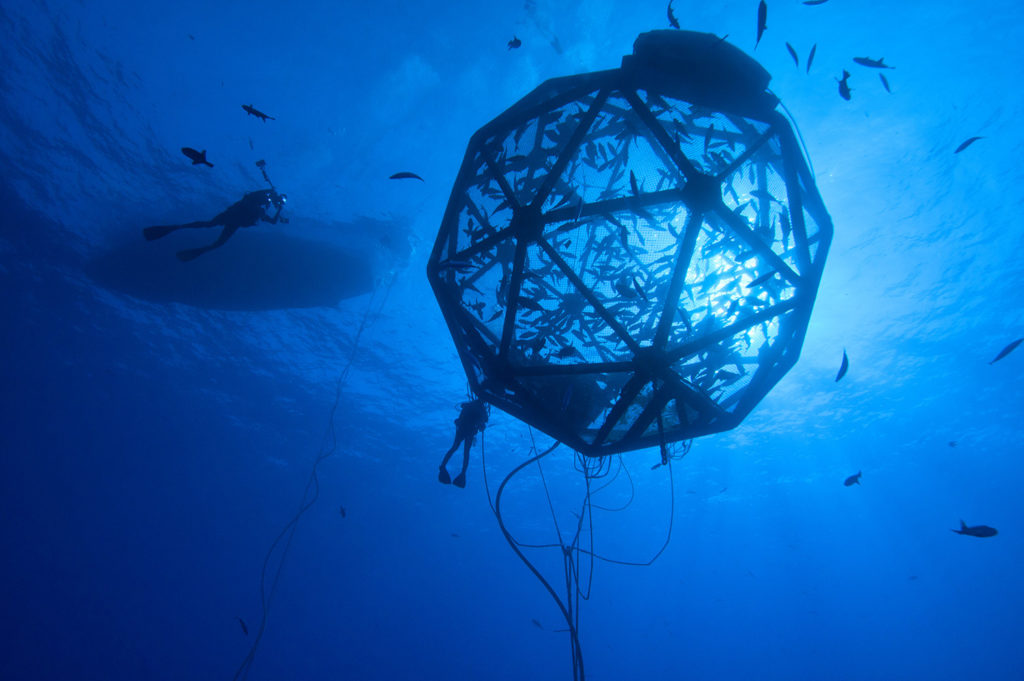
Innovation & Investment
Opinion: Stop offshoring offshore aquaculture
Something must change if the U.S. government hopes to encourage rather than discourage aquaculture, particularly in federal “offshore” waters. Neil Sims says it’s time to stop exporting knowledge, innovation and investment.
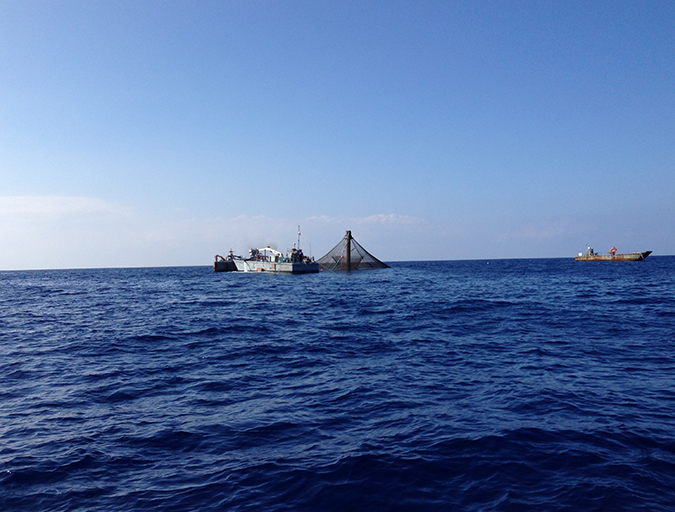
Intelligence
‘Spatiotemporal patterns’ indicate improving perceptions of aquaculture
A study led by University of California Santa Barbara researchers has found that public sentiment toward aquaculture improves over time, a potentially important development with growing interest in offshore aquaculture.
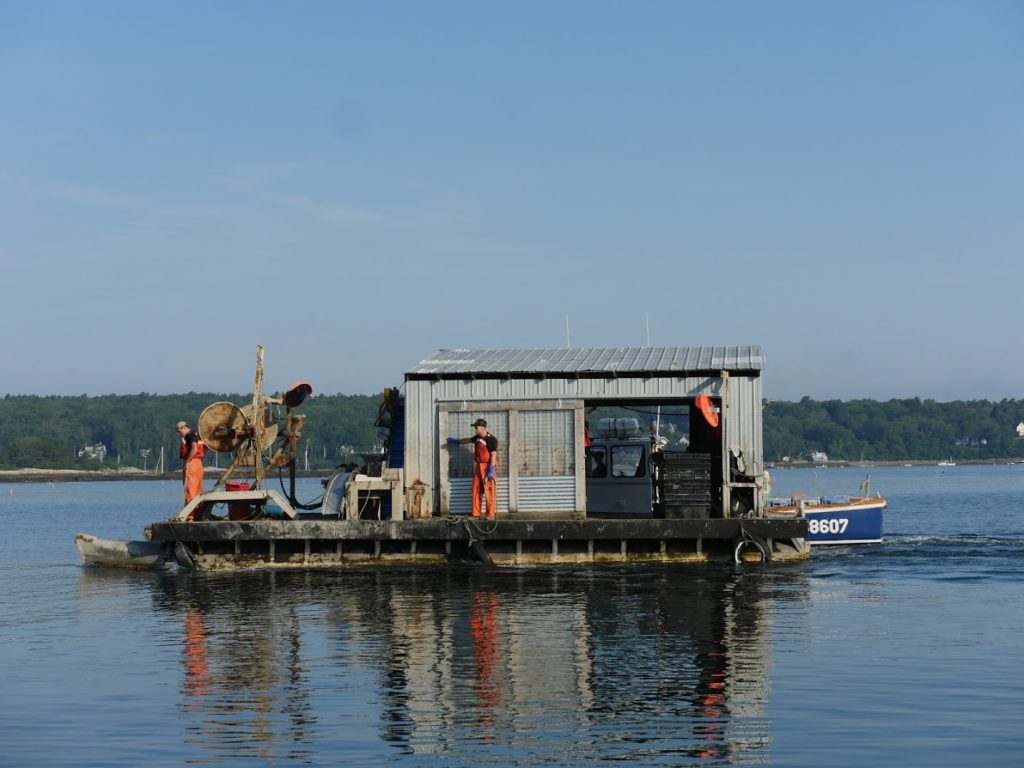
Intelligence
Can Americans’ perception of aquaculture change?
Perhaps the biggest barrier to aquaculture’s growth and development in the United States is public perception. There’s a lack of trust. And at the root of that is education.
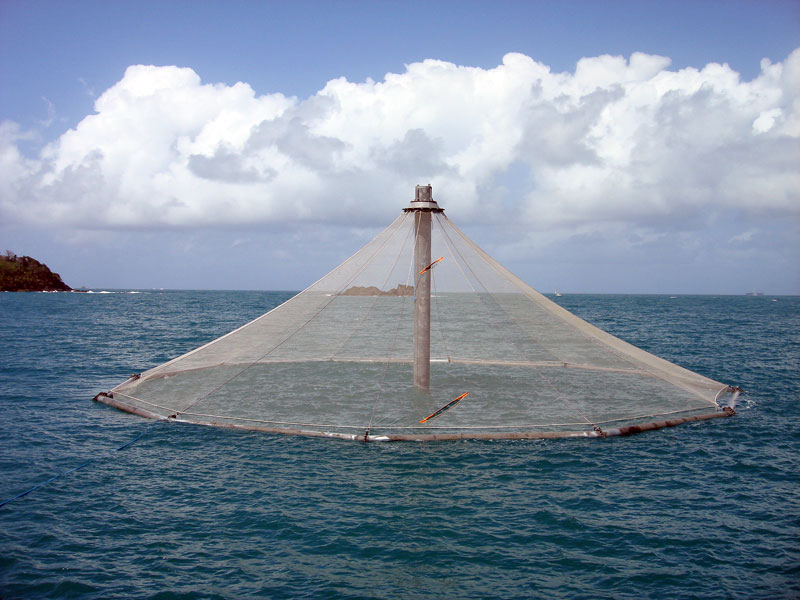
Responsibility
Do you know offshore aquaculture when you see it?
Researchers have determined that a definition of “offshore aquaculture” was necessary to critically assess the impacts and benefits of moving fish farming operations “slightly farther and slightly deeper” out to sea.


